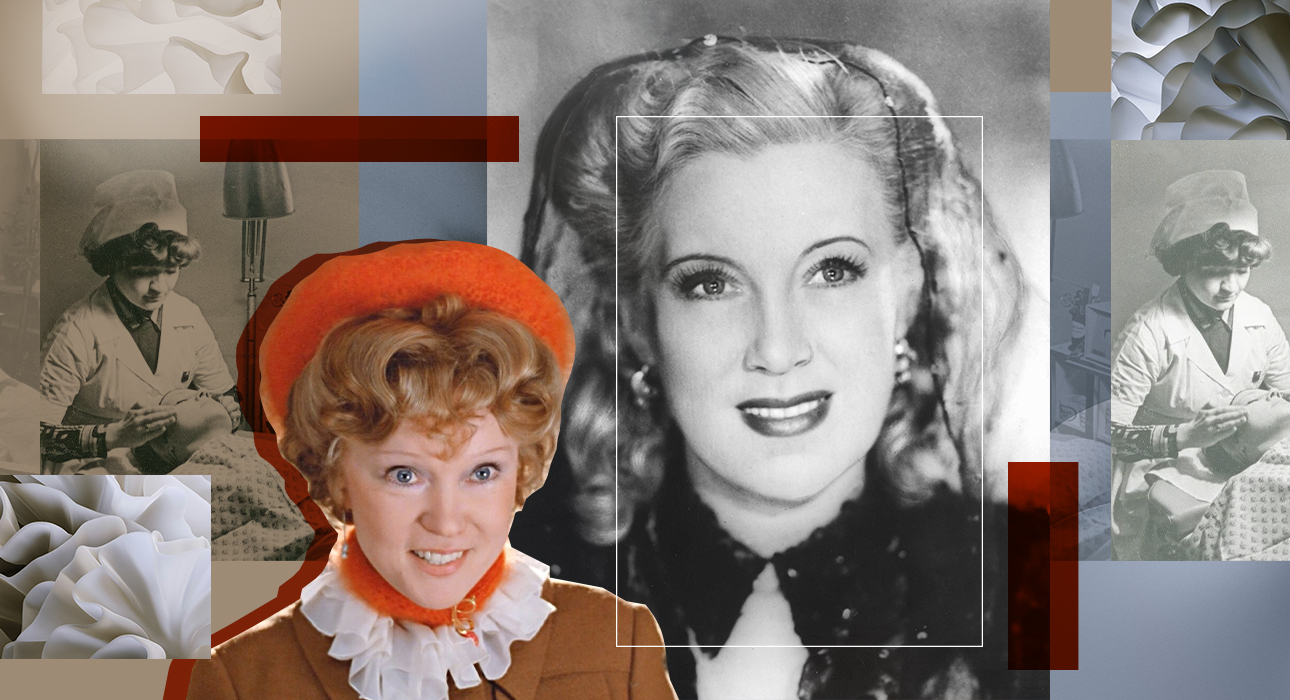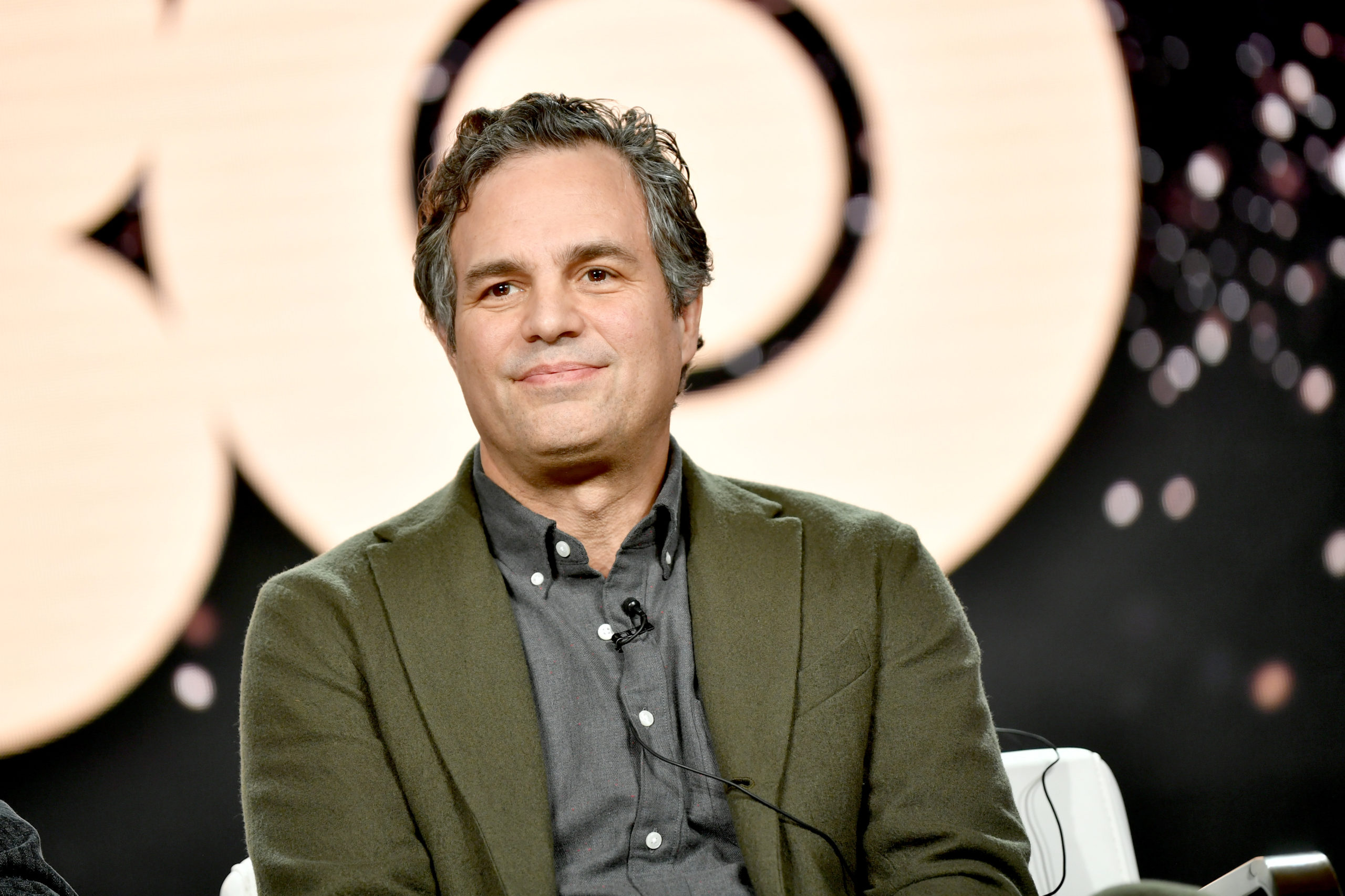In the USSR, plastic surgery was a ghost thing. On the one hand, the main actresses of the Soviet stage, including Lyubov Orlova and Nonna Mordyukova, continued to rejuvenate. But on the other hand, the profession of “plastic surgeon” did not exist in the Soviet Union, there was no appropriate education for it, and we are generally silent about the materials used to perform operations. Plastic surgery was defined as a separate specialty by the Russian Ministry of Health only in 2009. But of course his story started much earlier.
“Razor instead of a scalpel”: What problems did the first plastic surgeons in the USSR encounter?
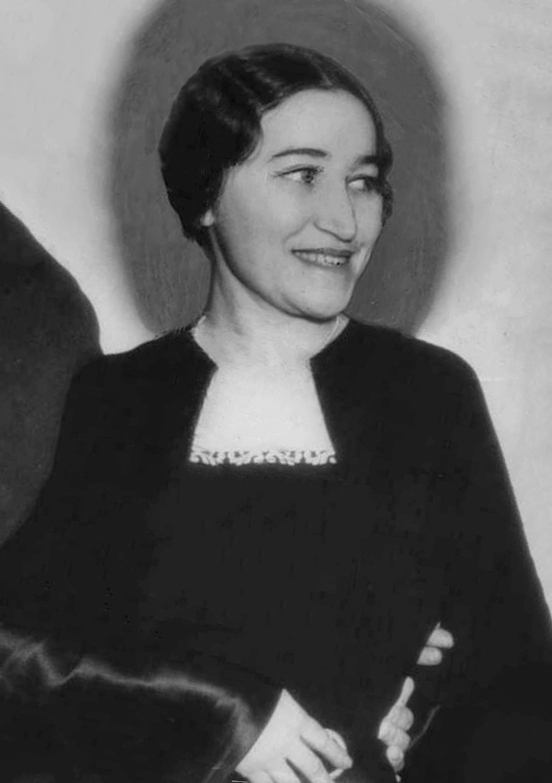
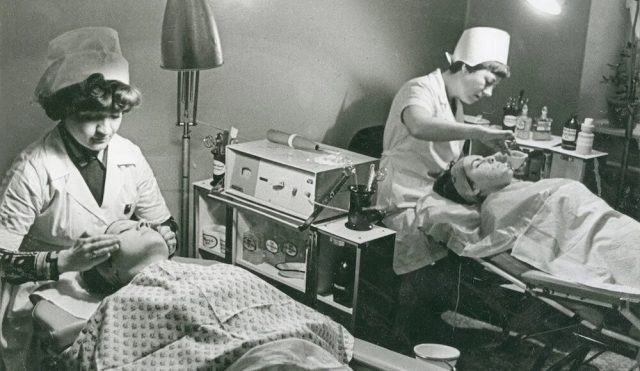
It is impossible to talk about plastic surgery separately from cosmetology, since these two fields move hand in hand. It is believed that for the beginning of the development of cosmetology in Russia we have to thank the wife of the Chairman of the Council of People’s Commissars of the USSR Vyacheslav Molotov – Polina Zhemchuzhina. While traveling in France, she was so impressed by the beauty salons in Paris that she decided to give Soviet women the same opportunity to take care of themselves. Thus, the country’s first Beauty Institute was opened in 1930. Various procedures were performed here, both cosmetic and plastic. And exactly seven years later, a second organization was founded – the Institute of Cosmetics and Hygiene, which, by the way, still exists, only under a different name – the Institute of Plastic Surgery and Cosmetology.
According to one version, the Beauty Institute was created to work with Russian movie stars. Especially with Lyubov Orlova, the actress who was Joseph Stalin’s favorite and whom every Soviet woman wanted to look like. After all, it was politically incorrect to send our stars to Western surgeons. It is much better if the country has its own experts. However, the state did not want to train its own plastic surgeon.
“Everyone with a general surgeon diploma came to plastic surgery. There was no specific institution or training program for plastic surgery. “We learned the basics of plastic surgery on our knees from our older and more experienced comrades.” – Sergei Blokhin tells us this in an interview.
The person who would become the first plastic surgeon to place implants in the USSR was Sergei Blokhin. But that comes later. And until the 60s, the government did not support or finance the industry, considering it, like many Western trends, an excess for the Soviet people. Therefore, the surgeons’ job was not easy. They faced not only a lack of knowledge in their field, but also a lack of basic tools needed to conduct operations.
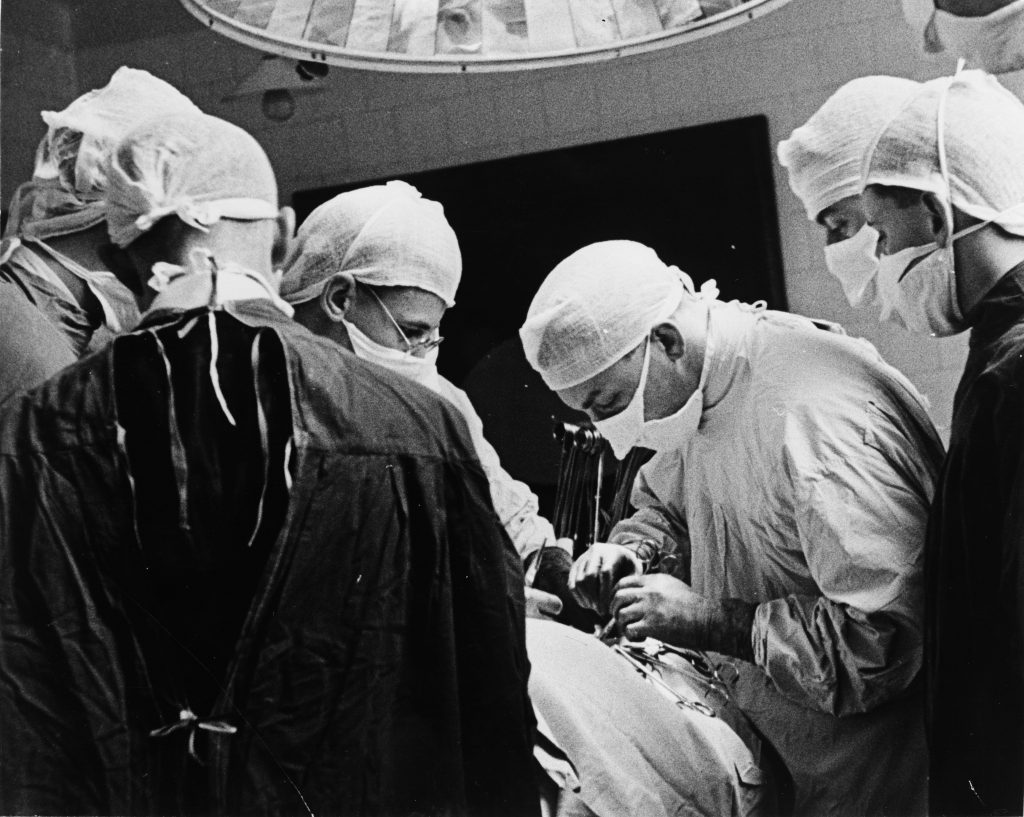
“Surgeons had to use improvised methods. A razor blade was used instead of a scalpel, and a razor blade was used instead of suture material. – horse hair”, – says plastic surgeon Yuri Mirzabekyan.
However, thanks to private initiatives, plastic surgery continued to develop, albeit slowly. Thus, it was named Oncology Center in 1951. NN Blokhin and based on him the reconstructive direction of mammoplasty was developed. Subsequently, a technique for breast reconstruction after radical mastectomy was first developed here – the patent of Sergei Blokhin, which we have already mentioned.
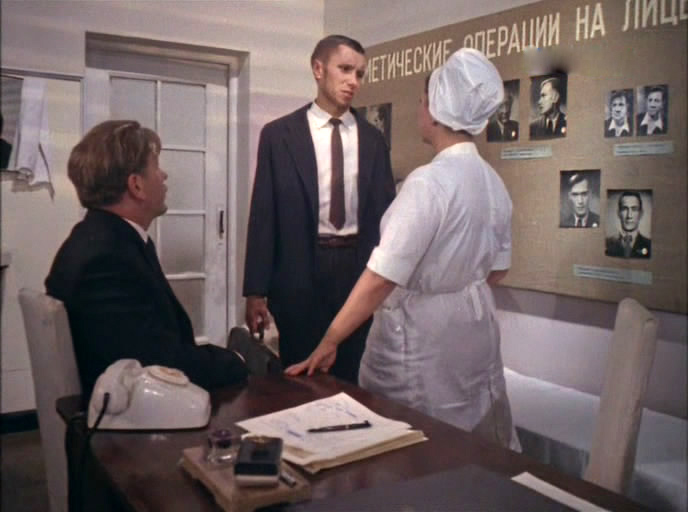
After Stalin’s death, the situation began to change – the Institute of Beauty and the Department of Plastic Surgery took a confident step forward. They began to talk more and more about plastic surgery both in the press and in the cinema. For example, in the 1966 movie “Don Quixote’s Children,” there is a part where the main character approaches a nurse and asks her to give him back his pop ears.
By the 80s, with the efforts of the Beauty Institute and the Institute of Plastic Surgery and Cosmetology, a generation of the first plastic surgeons was formed and the industry began to catch up.
“After the 90s, when the Iron Curtain lifted, we had the opportunity to communicate with our foreign colleagues, where plastic surgery was highly developed. Of course, there was demand for plastic surgery in the USSR and Russia. And demand creates supply – Therefore, many private plastic surgery clinics began to be opened in those years,” he said. – says Sergei Blokhin.
True, their activities were not regulated in any way, so there was a great chance of encountering non-professionals. To reduce the risks, the state decided in 1994 to organize the Society of Plastic, Reconstructive and Aesthetic Surgery (SPRAS), which still exists today.
Who performed plastic surgery in the USSR?

Plastic surgery in the USSR was hampered by a lack of materials. For this reason, operations such as expensive implants could not be performed. Everything else has been done.
“We had a face lift, rhinoplasty and breast lift surgery. And at the end of the existence of the USSR, with the emergence of new technologies, the scope of these operations began to expand. “In the mid-90s, our surgeons were doing almost everything that was done in the West at that time.” – says Sergei Blokhin.
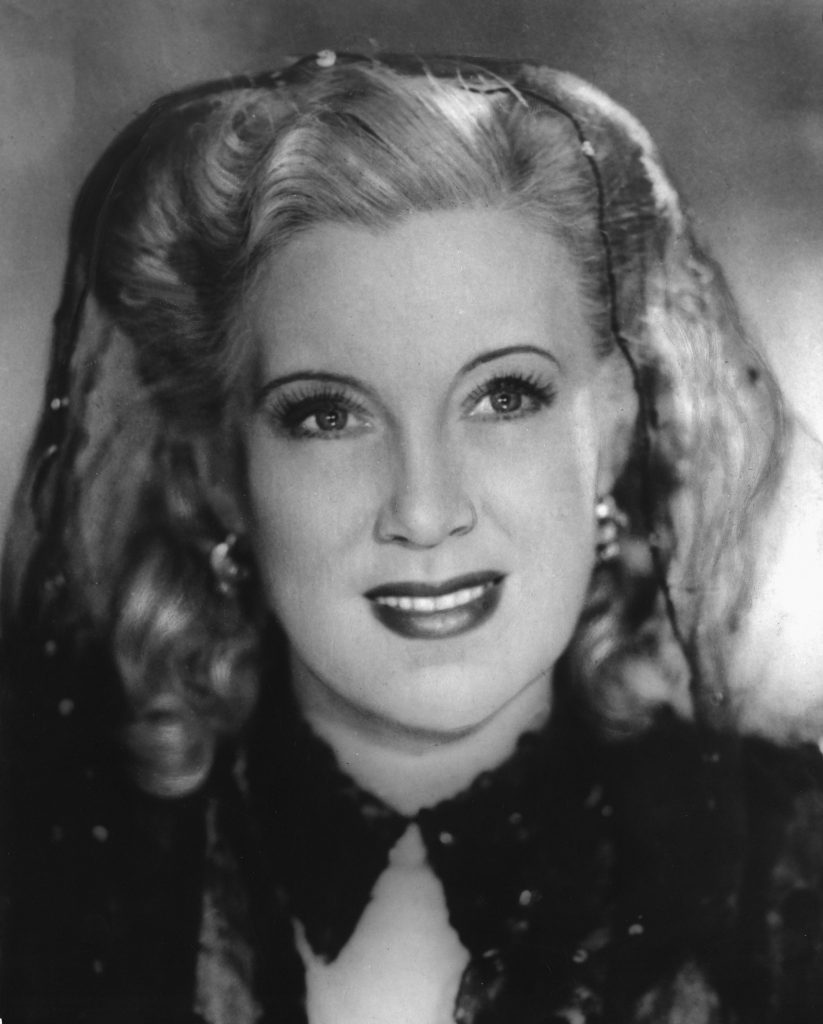
Despite everything, doctors managed to do the main thing – to make the face look younger. And the real guru of this business was Alexander Shmelev, who, by the way, worked at the Beauty Institute. It is believed that he was the one who operated on actress Lyubov Orlova and Soviet Minister of Culture Ekaterina Furtseva more than once. Moreover, many legends are associated with the name Shmelev. According to one of them, Shmelev was working for the Soviet state. It is believed that it was he who made a copy of the leader from Yevsey Lubitsky (Stalin’s twin). So it was almost impossible to distinguish one from the other in the photographs. But this legend has a tragic ending: his twin aged slower than Stalin, so he was exiled to the camps. According to another legend, Shmelev also worked in special services and helped Chilean communist Luis Corvalan change his appearance beyond recognition so that he could continue the fight against Augusto Pinochet in his homeland.
Many Soviet women and men passed through the hands of Soviet plastic surgeons, but it is impossible to name them, since neither one nor the other advertised this (especially if it concerned high-ranking officials of the state). Therefore, legends remain only legends, and the resilience of actresses can be judged by the stories of their contemporaries and colleagues.
How much did plastic surgery cost in the Soviet Union?
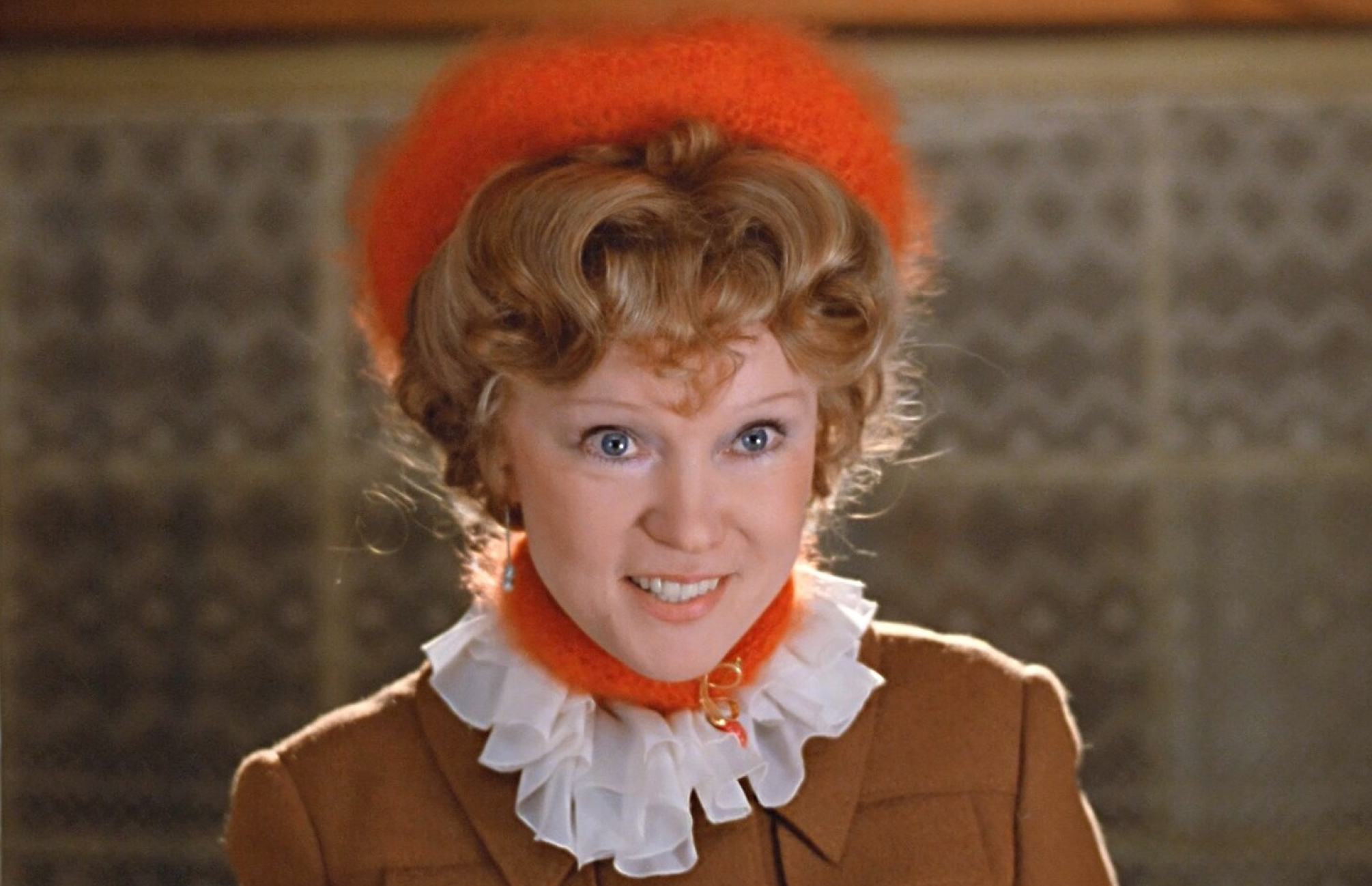
Some of the most popular surgeries were eyelid surgery (blepharoplasty) and facelift. Later, with the availability of the necessary materials in our country, surgical interventions for the female breast began to gain popularity. The cost of operations was relatively small.
“Facelift cost 7 rubles, blepharoplasty – about 5 rubles, rhinoplasty – 20 rubles. And this with an average salary of 70–110 rubles per month” – says Yuri Mirzabekyan.
Despite this accessibility, only high-profile individuals could immediately sit at a plastic surgeon’s table. There were only two government centers in Moscow that provided such services, so the queue there was crazy. An ordinary Soviet citizen could wait on the sidelines for months or even years.
Now the situation has changed dramatically. The specialty of a plastic surgeon is approved at the state level and is a residency that takes five years of training after graduating from medical school. And although in Soviet times this branch of medicine was stagnant, now in Russia the level of specialists in the field of plastic surgery and cosmetology is very high.
Source: People Talk
I’m Roger Gritton, and I’ve been writing for the The Fashion Vibes for over 5 years now. My specialty is beauty news; I’m passionate about covering the latest trends, products, and innovations in the industry. In my time there, I’ve become known as an authority on all things beauty-related.
I love discovering new experts to interview, researching up-and-coming ingredients and techniques that are making their way onto our beauty shelves and highlighting people who are making a difference in the world of cosmetics. My work has appeared not only on The Fashion Vibes, but also several other publications including the New York Times Magazine, Allure Magazine and Refinery29.

